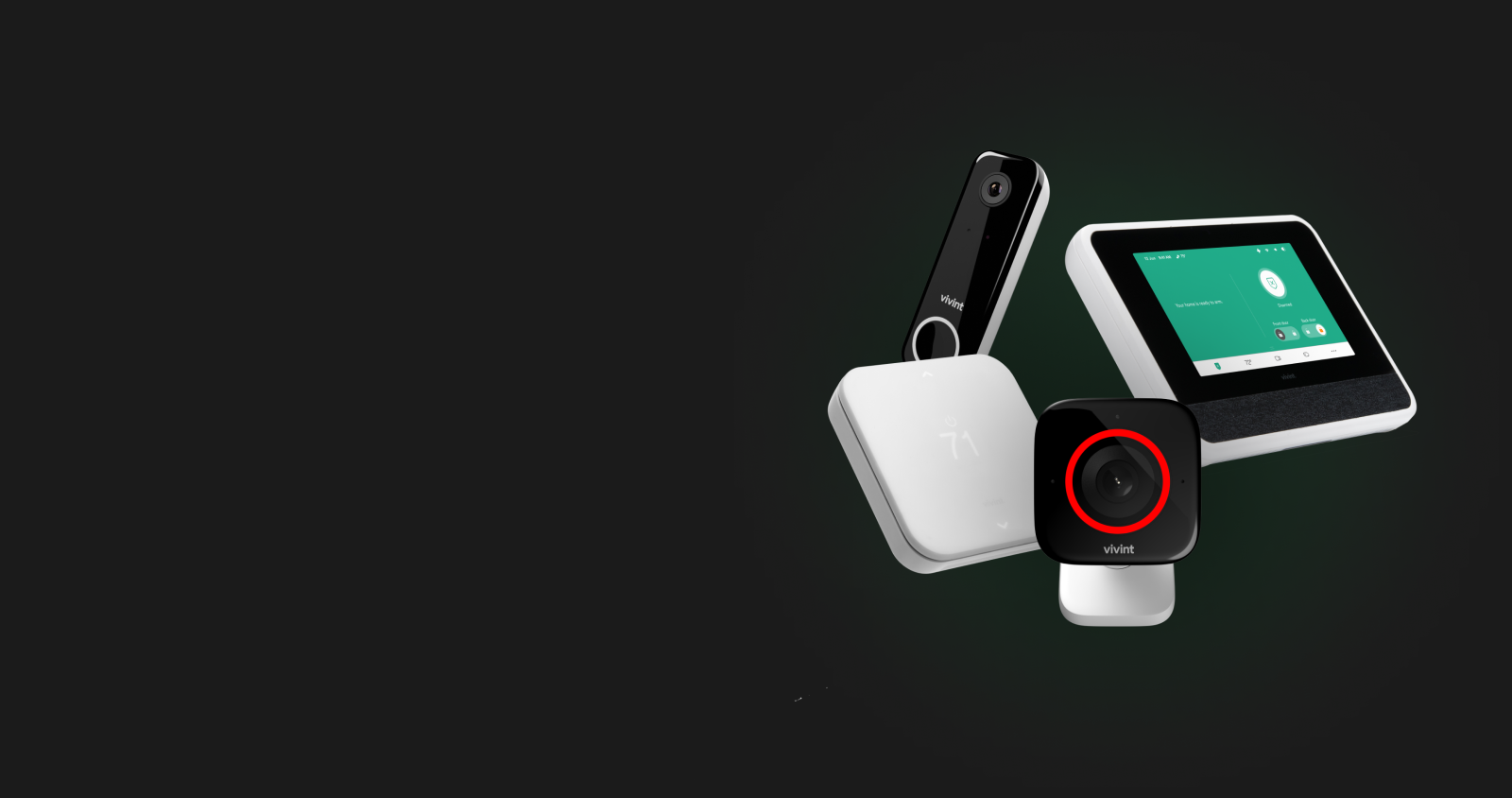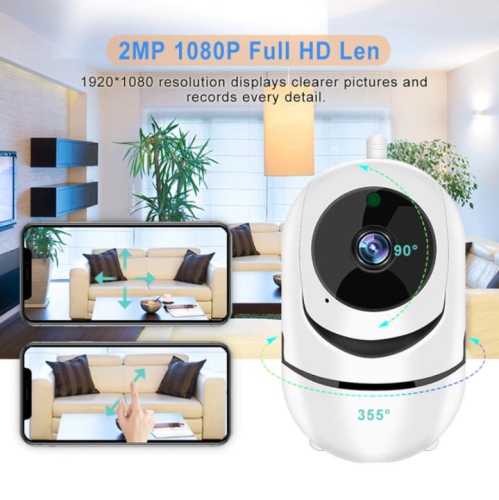Best Budget Home Security Systems of 2024
What to Look for in a Budget Home Security System
Choosing a budget home security system doesn’t mean sacrificing safety. However, it does require careful consideration of features. Prioritize core functions like door/window sensors, motion detectors, and a reliable base station. Consider whether you need professional monitoring (a monthly fee) or if self-monitoring with app notifications is sufficient. Battery life for sensors and the ease of system setup are also critical factors to assess, especially on a budget. Look for systems with transparent pricing, avoiding hidden fees or complicated contracts.
Abode: A Customizable and Flexible Option
Abode offers a compelling blend of affordability and customization. Their starter kit provides a solid foundation with door/window sensors and a motion detector, all controlled through a user-friendly app. While professional monitoring is available as an add-on, the self-monitoring option is a strong selling point for budget-conscious homeowners. Abode’s system stands out for its flexibility, allowing you to easily expand your coverage by adding more sensors as needed without being locked into a specific package. The system’s compatibility with other smart home devices is another plus.

SimpliSafe: A Popular Choice with a Strong Reputation
SimpliSafe has built a reputation for its reliable equipment and straightforward pricing. Their base kits are competitively priced and offer a comprehensive range of features, including door/window sensors, motion detectors, and a keypad. They also offer various add-ons, such as keypads, outdoor cameras, and smoke detectors, to enhance your security setup. SimpliSafe’s professional monitoring plans are transparently priced and come with different levels of service, catering to various needs and budgets. The user-friendly app and excellent customer support are further reasons for its popularity.
Ring Alarm: Integrating Seamlessly with the Ring Ecosystem
If you’re already invested in the Ring ecosystem of smart home devices, their alarm system integrates flawlessly. The Ring Alarm starter kit provides a robust base, including contact sensors, a keypad, and a base station, seamlessly connecting with your existing Ring cameras and doorbells. This integration offers a centralized control point for your entire home security setup. While professional monitoring is a paid service, the core system provides solid protection, especially beneficial if you already have Ring cameras providing surveillance.
Wyze: A Budget-Friendly Option with a Focus on DIY
Wyze offers an incredibly affordable entry point into home security with its self-monitoring system. The kit is highly economical, including basic sensors and a hub, though features are more limited compared to other options. While professional monitoring is not an option, the system relies on app notifications for alerts. This system excels for those comfortable with a DIY approach and prioritizing a low initial investment. Keep in mind that this affordability comes with some trade-offs in terms of feature breadth and overall sophistication.
Qolsys IQ Panel 2: A Powerful All-in-One Solution (Higher End of Budget)
While pushing the boundaries of “strictly budget,” the Qolsys IQ Panel 2 deserves a mention for its feature-rich capabilities within a relatively affordable price bracket compared to other high-end systems. This system stands out



